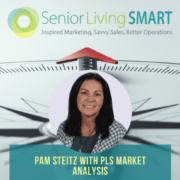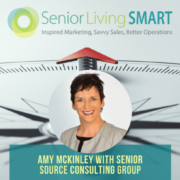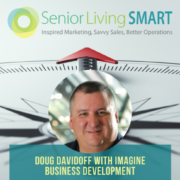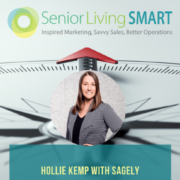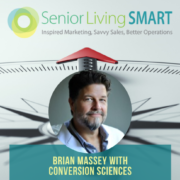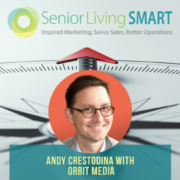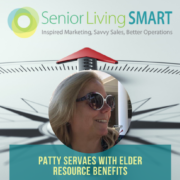Senior Living Marketing Perspectives: Discussing Senior Housing Providers with Pam Steitz
Topics Discussed and Key Points:
- Good news for senior living communities in 2021
- Why market analysis is valuable to senior housing providers
- Penetration rates between different types of providers
- Why developers should consider building smaller, more intimate settings to serve as social hubs for seniors
- Segments (i.e. independent living) that have fared better than others (i.e. assisted living)
- How the industry should innovate or reimagine itself to respond to questions of health and safety in the new normal
- When and how to adjust prices or create short-term incentives
Episode Summary:
In today’s episode, Debbie speaks with Pam Steitz, President of PLS Market Analysis, LLC, which provides market research services including feasibility studies and focus groups to senior housing providers. Pam is also a member of the Board of Directors for the Liberty Lutheran Senior Services and Retirement Community.
Because data informs marketing strategy, Pam speaks on how providers are doing research in order to adapt to the logistical, organizational, and even cultural challenges that have developed over the past year.
Market studies, she says, should always aim to answer the question, “Why are we struggling?” Whereas the senior living industry was somewhat saturated in pre-COVID times and required a different set of skills to navigate, providers now need to pinpoint the obstacles they face in simply maintaining their lead base or nurturing new leads entirely.
Market studies are not a one-and-done event—they are meant to be updated ideally once a year. “We’re going to see so much growth in this industry in the next five years that a market study really needs to be something that is routine,” Pam asserts. She speaks on the value of consumer research to extract lessons from mistakes and, using these lessons, determine how to reposition one’s marketing.
Market analysis is also about helping providers home in on their niche. According to Pam, “It’s really important to understand the marketplace, and that is really through data, both quantitative and qualitative.”
Pam also gives her thoughts on what providers need to know about the future of the senior living industry based on takeaways from market analyses in 2020 and early 2021.

